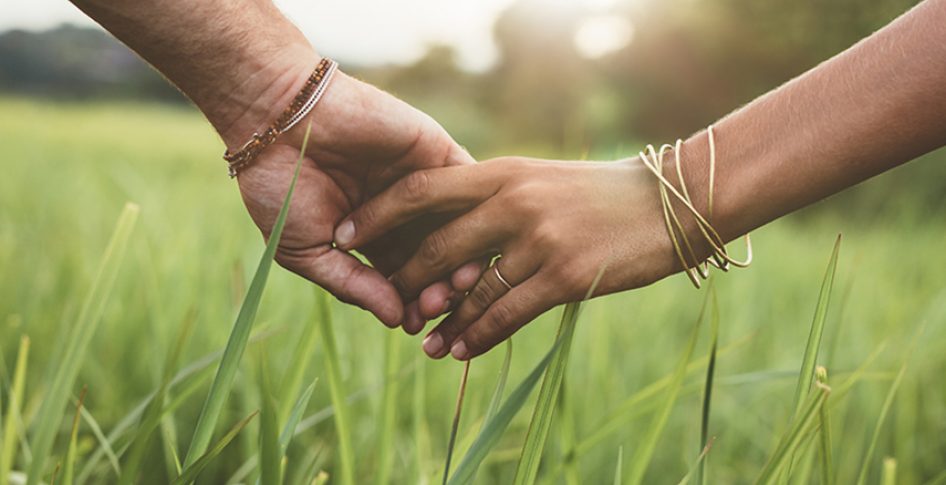How to Get Rid of Bruising and Thin Skin on the Arms and Hands

There are questions related to common dermatology conditions that come up repeatedly. They are not the main reason for a clinic visit and patients usually consider them too minor to mention until I am walking out of the room.
Why skin on the back of your arms and hands bruises and tears easily and what you can do about it
There are questions related to common dermatology conditions that come up repeatedly. They are not the main reason for a dermatology clinic appointment and patients usually consider them too minor to mention until I am walking out of the room.
One of the more common problems is:
Why does the skin on my arms and hands tear and bruise so easily?
This common problem usually occurs on the backs of the forearms and hands as we get older. It occurs due to a combination of chronic sun exposure and thinning of the skin with aging. It worsens in patients with chronic corticosteroids, prescription blood thinners, OTC aspirin, or NSAIDs (Advil, Aleve, etc.).
The skin on the forearms and back of the hands gets sun exposure daily over many years. People who work or recreate outside often do so in short sleeves and without gloves. Many people rarely apply sunscreen to those areas. Moreover, many people who are now experiencing the effects of chronic sun exposure over many years received their exposure long before good sunscreens were available and before the harmful effects were widely known.
Ultraviolet radiation over years damages the collagen and elastic fiber framework diffusely throughout the skin and in the supporting structure surrounding the blood vessels in the skin. Unfortunately, the skin naturally thins with aging. Prescription or OTC medications increase bleeding tendencies. Chronic corticosteroid medications make skin more fragile. Combined together, these problems cause the skin to tear and bruise easily. In patients who are not on chronic corticosteroids, the most severely affected areas are the sun-exposed backs of forearms and hands. One of the easiest ways to see the effects of long-term sun exposure is to look at the back of your forearm, then turn it over and compare it to the sun protected inside.
The next question is, "very interesting, but what do I do now?”
How can I get rid of the bruises and thin skin on my arms and hands?
The best approach by far is prevention, which includes sun protection with either clothing or sunscreen every single day starting as early in life as possible. Like much of the damaging results from chronic sun exposure, easy bruising and skin fragility occur many years later. While you are at it, don’t forget to protect your neck and the V of your chest. You will be thankful you did it later.
To try to thicken the skin and reduce wrinkling and spots too, anti-aging creams and lotions that increase collagen production help to some degree if used over a long time. Thicker skin with more collagen doesn’t tear as easily, and increasing collagen around the fragile blood vessels makes them more resistant to bruising.
Like most of our anti-aging skin strategies, starting early to prevent damage is definitely best. But even after the damage is done, it is never too late to get some improvement The most effective but more costly strategy is to use the same anti-aging skin care products you use on your face on your arms and the backs of hands. Anti-aging skin care products designed for the face usually have higher concentrations of active ingredients than those designed for the body. This is due to the cost of the ingredients for the surface area covered and customers’ willingness to spend more money on their faces than their bodies.
Ingredients that increase collagen:
- Prescription retinoid (Retin A, Renova, Tretinoin, Differin, Tazorac)
- Non-prescription retinol
- Alpha hydroxyacids (Glycolic Acid, Multi-Fruit Acid)
- Peptides
- Growth Factors
What about vitamin K creams for bruising on the back of arms and hands?
There are quite a few vitamin K creams promoted to improve the bruising, but not the thinning skin, on the back of the arms and hands. Vitamin K, also known as phytonadione, is a cofactor in the biosynthesis of clotting factors II (prothrombin), VII, IX, and X. There have been few studies on the usefulness of vitamin K creams in the treatment of chronic purpura (bruising). Few studies have investigated it for treating laser-induced bruising, and those few studies have had varying outcomes. For this reason, it needs more study before I would recommend it.
Are there any other treatment options?
Very dilute injections of Sculptra, or Fractional Skin Resurfacing Lasers can increase collagen production in some patients.
Do creams really work to improve bruising and thin skin on the back of the arms and hands? Is it worth the money?
I think it is worth it to use the creams as a preventative anti-aging, anti-thin skin, and anti-bruising strategy and start very early. Once the problem occurs, the correct decision is not so clear. As a treatment to reverse the problem, the improvement after long-term use is somewhere between worst-case none to best-case modest. There is a cost involved and a relatively large surface area to cover. Some of the creams, especially the prescription retinoids, can cause skin irritation and rashes on the thin skin of the arms and hands. You have to do your own cost-benefit-hassle analysis.
Undoubtedly, the most clinically effective and cost-effective thing you can do is sun protection as a preventative strategy. Prevention is much easier and much more effective than treatment after the problem occurs. Dare I say—an ounce of prevention is worth a pound of cure. Seems a lot of life is like that.